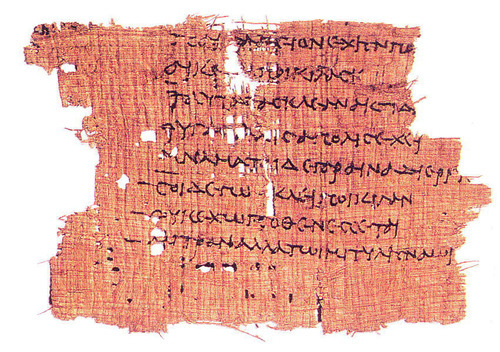Wayne G. Sayles of Gainesville, Mo., is the executive director of the Ancient Coin Collectors Guild (accg.us).
 Cultural Property Nationalists reject the concept of legitimate markets for cultural property, and are especially active in their efforts to repatriate cultural property to its point of origin.
Under the subterfuge of recovering "stolen property," they indiscriminately attack collectors and institutions as being complicit with "looters."
To these nationalists, even a collector of common coins and postage stamps from the past is anathema. They launch vicious attacks in the national media against the collector community, referring to ordinary citizens who happen to collect what UNESCO calls "cultural property" as greedy and unscrupulous supporters of terrorism and looting.
That the charges are blatant propaganda and disinformation seems not to matter.
Cultural Property Nationalists reject the concept of legitimate markets for cultural property, and are especially active in their efforts to repatriate cultural property to its point of origin.
Under the subterfuge of recovering "stolen property," they indiscriminately attack collectors and institutions as being complicit with "looters."
To these nationalists, even a collector of common coins and postage stamps from the past is anathema. They launch vicious attacks in the national media against the collector community, referring to ordinary citizens who happen to collect what UNESCO calls "cultural property" as greedy and unscrupulous supporters of terrorism and looting.
That the charges are blatant propaganda and disinformation seems not to matter.
By anyone's definition of the word, these are zealous radicals. We should simply ignore their aberrant view — except that they are typically very highly educated, articulate, well-endowed financially, and persistent. They can and do hold seminars and conventions at will, and employ all of the substantial resources of academia in their efforts.
They preach a tale of massive destruction of the past, and they assure decision makers in Congress and the State Department that the only solution is to place control and stewardship in their hands.
It is a persuasive argument on the surface, and many times a busy legislator or executive department decision maker does not have time to evaluate all of the nuances and details.
Collectors, lacking the string of credentials, the institutional backing or the time to mount an effective defense are left without a voice in the decision making process.
The one weapon that collectors do have in this cultural property war is the will of the people. In a democracy, the common man has a powerful voice when raised in unison.
That reality has hit home with more than one politician in the not too distant past.
If you are a collector of anything on the list above, you owe it to yourself to learn more about the movement to restrict collecting of "cultural property." If something seems awry, speak out.
If you are not a collector, but you believe in personal property rights and individual freedoms, you might be concerned about the direction this sort of mentality is taking us.
Wayne Sayles, 'Cultural Property': At Odds with Globalism
Guest Commentary
The Signal newspaper (Santa Clarita, Calif.) Sunday, January 14, 2007





